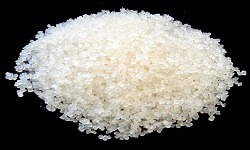High Density Polyethylene (HDPE)
|
IUPAC Name |
: Polyethene |
|
Cas Number |
: 9002-88-4 |
|
HS Code |
: 390110 |
|
Formula |
: (C2H4)n |
Basic Information
|
Appearance Name |
: Translucent & waxy |
|
Common Names |
: Polythene, PEHD, HDP |
|
Packaging |
: 25 Kg Bag |

.webp)

